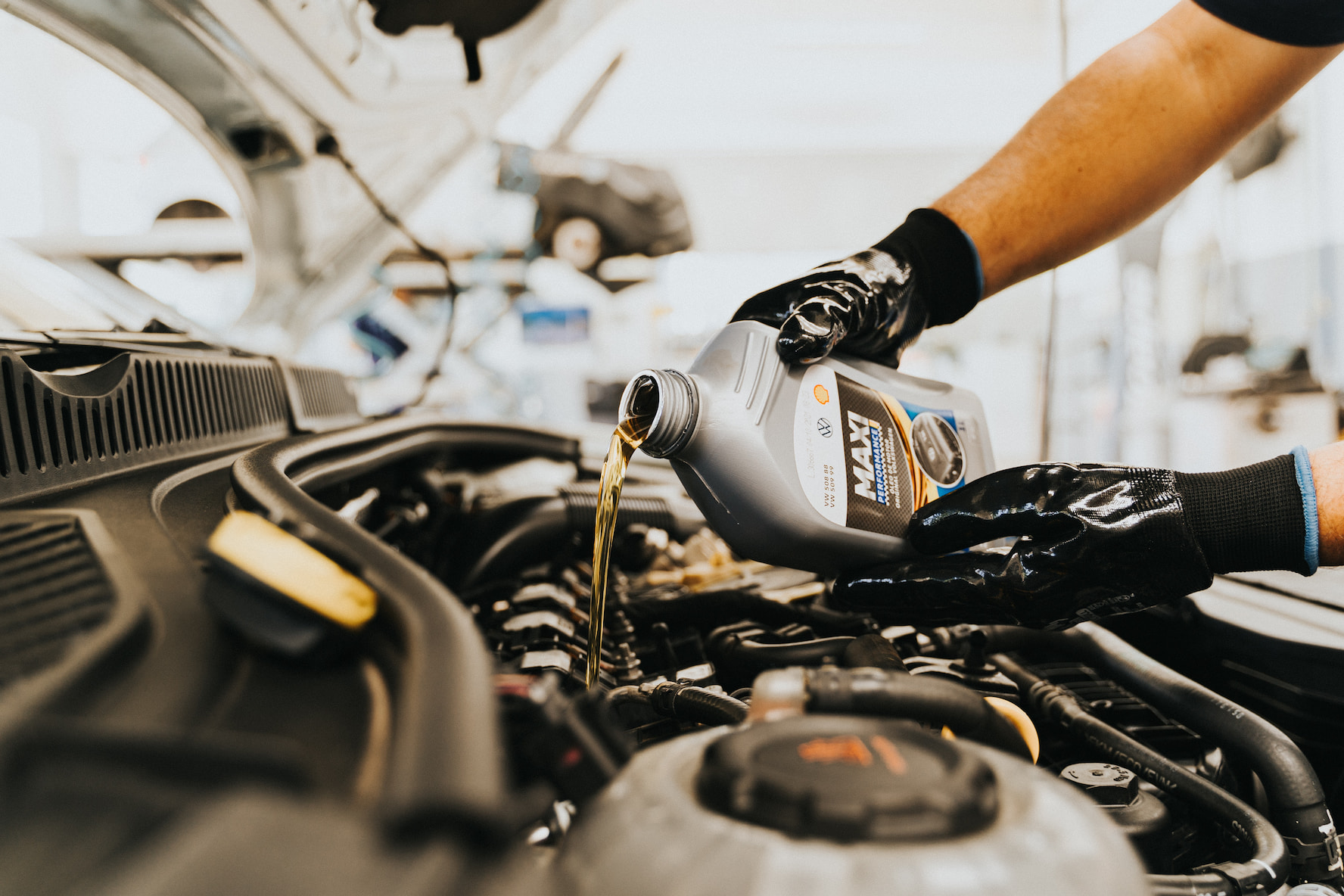
Table of Contents:
The most important reason for regular oil changes is that they are directly related to the functionality and safety of your diesel truck. They ensure your trucks are operationally sound, keeping your drivers safe on the road.
Oil changes can help maintain the lifespan of your vehicles. This maximizes your return on investment and can save you lots of money down the line.
Whether you choose to do oil changes yourself or leave it to a trusted truck repair shop, maintaining a regular schedule is essential. Following a good preventative maintenance program can help make sure that your semi-trucks oil changes are always taken care of.

There is no set time frame in which you have to conduct your oil changes. Every semi-truck has different oil consumption dynamics. Things like the trucks age and model play important roles. Another factor that will influence your oil change needs is the way you drive, and the conditions you drive in.
Luckily, modern technology makes it easier for us to keep track of a vehicle’s oil-changing needs. There are algorithms available that track your mileage, trip time, engine load, number of ignition starts and stops, and a whole bunch of other factors. Once your vehicle’s stats are determined, it will calculate an oil change requirement.
Despite such technologies, we still believe that it’s worthwhile to track your oil changes manually too. Occasionally, technology can be wrong, so it’s always a good idea to double-check.
The most well-known, and accurate way of tracking your semi-trucks oil levels is to use an old-fashioned dipstick. This is a simple process that can be done in a matter of minutes and brings highly accurate results.
A dipstick has markings on it, showing you the minimum and maximum oil levels. Simply insert the stick into the tube carefully, pushing it all the way down. Then, slowly pull it out again. You should notice that the stick has oil on it. If the level of oil is between the two indicator lines, then the vehicle still has enough oil. Whenever it gets close to or under the minimum indicator, it’s time for an oil change.
Changing the oil in a semi-truck is a straightforward process, but it is important to follow the correct steps to ensure that the job is done safely and correctly.
If you’re still unsure, check out this 2-minute video showing you how to carry out a dipstick test on your semi-truck.
There are two main types of oils that semi-trucks can run on, conventional and synthetic. Determining the type your semi-truck needs is essential to figuring out the frequency of the changes.
Synthetic oil is recommended for colder temperatures. It is very important to maintain the viscosity of the oil in these environments.
However, conventional oil does tend to be more affordable. But bear in mind that it also needs to be changed more frequently.
Also, you should consider the type of engine in your semi truck. If it’s a diesel or turbocharged engine, it will have its own specifications on oil change frequencies. Make sure to do some research on these, to build an understanding of your vehicle’s needs.
Diesel engines have a tendency to dirty their oil rather quickly. They will definitely need more frequent oil changes.
Another important factor to consider when planning your oil changes is your environment. Extreme temperatures massively affect your truck’s needs. Whether it’s very hot or very cold, your vehicle’s oil will wear out faster. In these environments, it may be a good idea to do dipstick tests more frequently than you usually would.
Watch out when taking short trips in very cold weather. Your engine may not be running long enough to warm itself and the oil up properly.

It is possible to prolong the duration of your vehicle’s oil tank. Many people try to boost the viscosity and base number of their oil through an additive. A good additive has been known to prolong the life of the lubricant. However, bear in mind that it will not prevent degradation over the years.
It’s also important to stay cautious about using too many additives, as this can interfere with the balance of the lubricant’s formulation. This is highly undesirable for your truck’s mechanical performance and should be avoided.
The bleed-and-feed partial oil change method is also commonly used when an oil change is inconvenient or risky. This method involves draining a part of the oil from the tank and quickly pouring the new oil in. By doing this, the used oil is cleaned of contaminants and refilled with fresh additives.